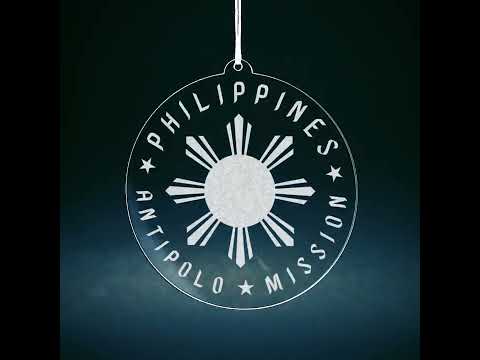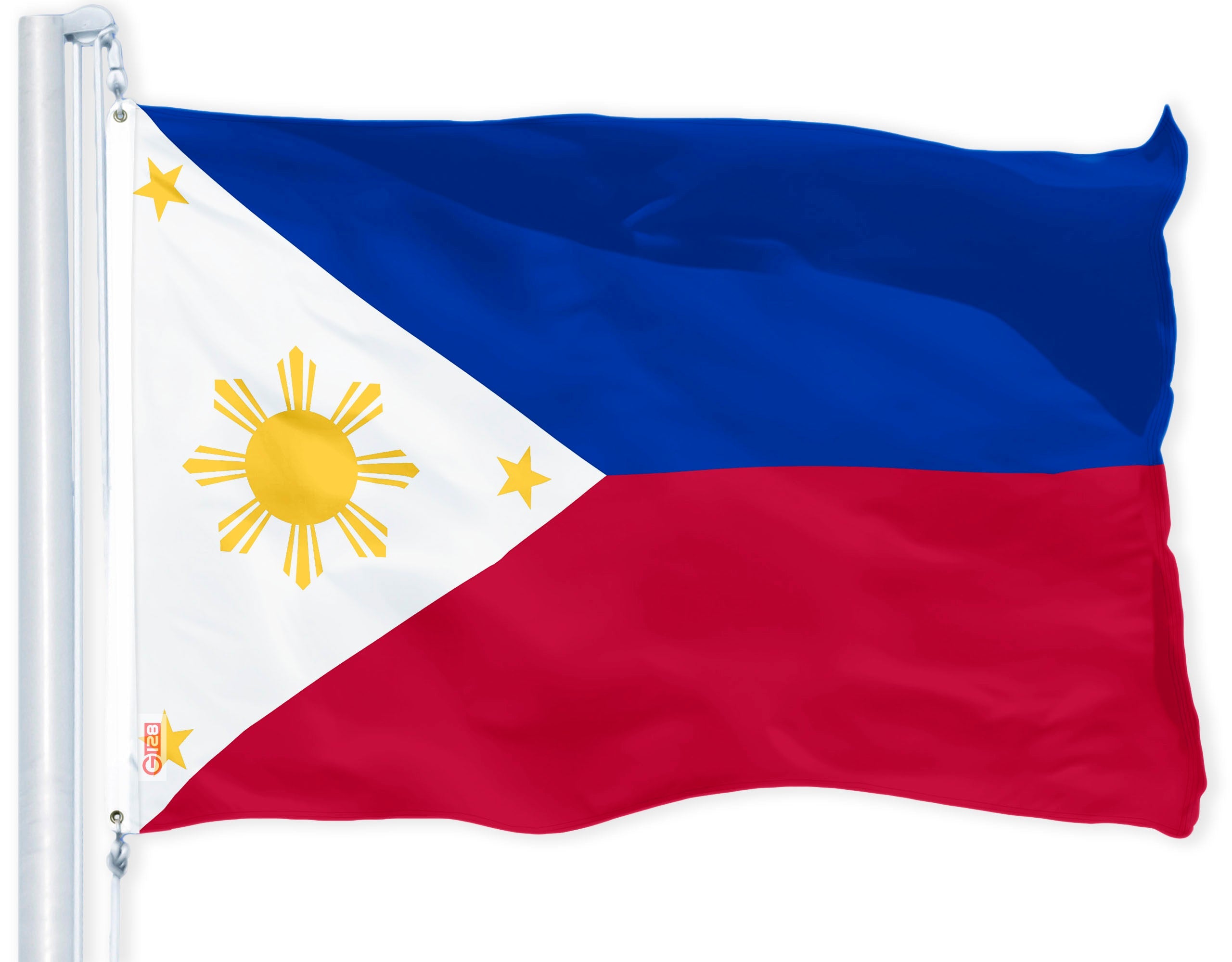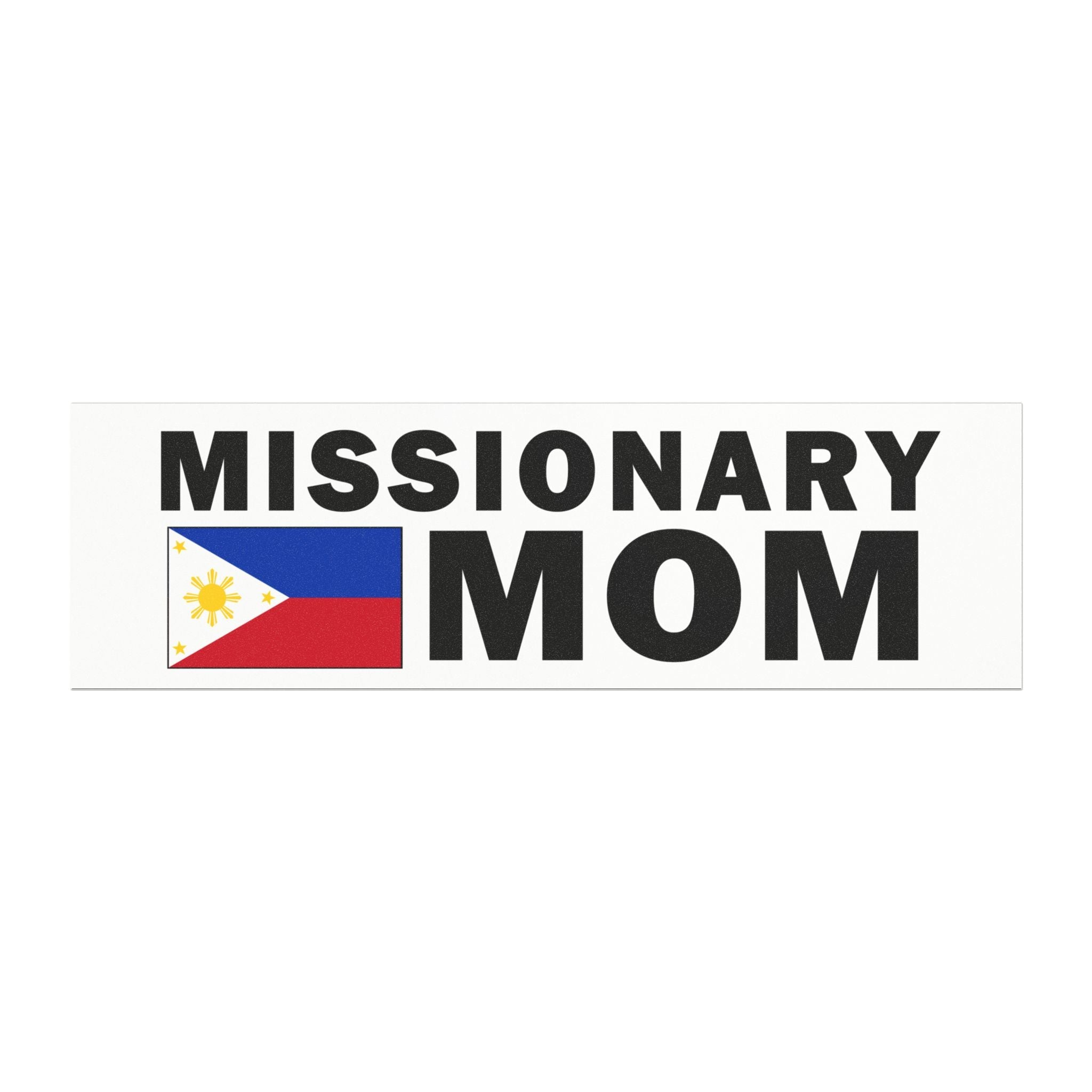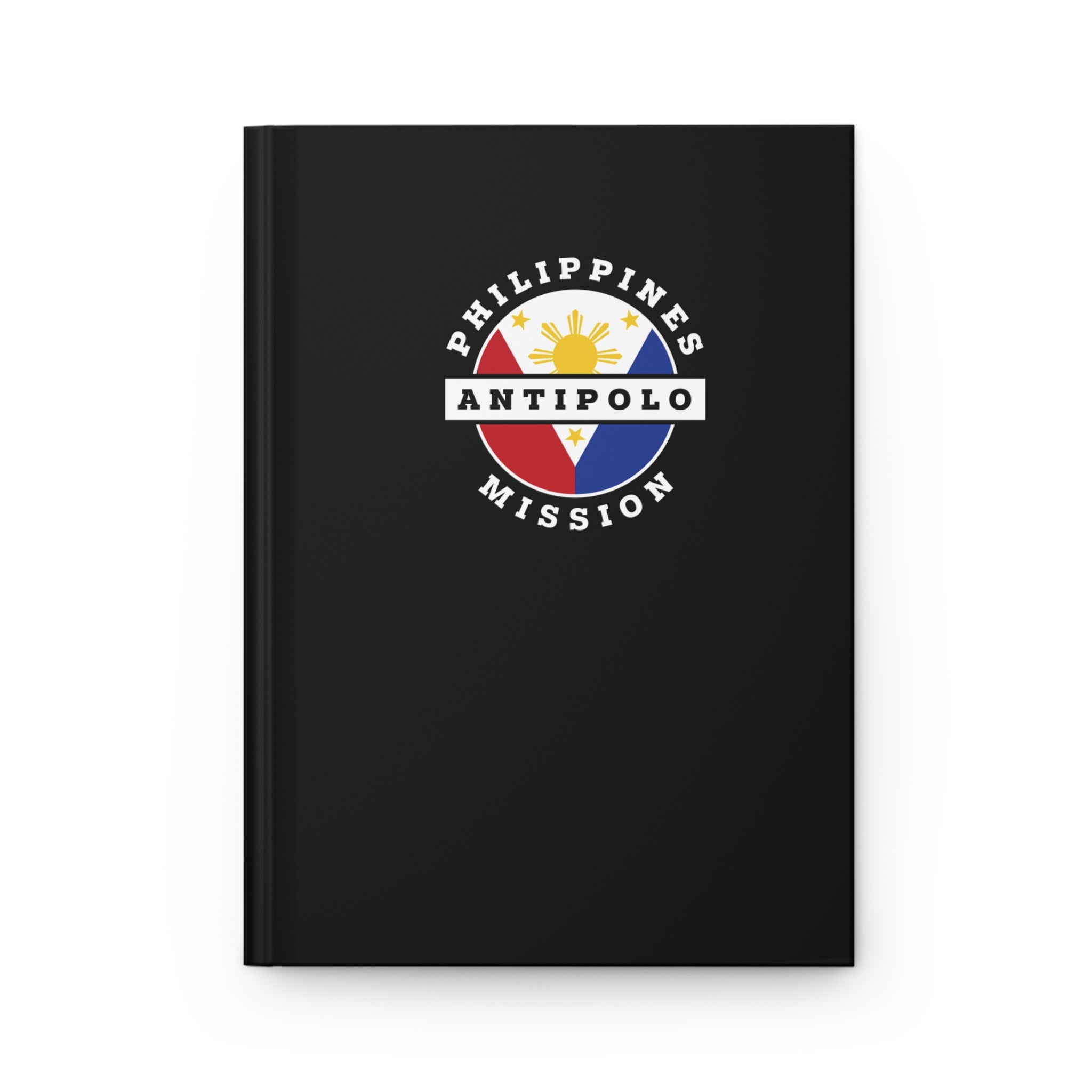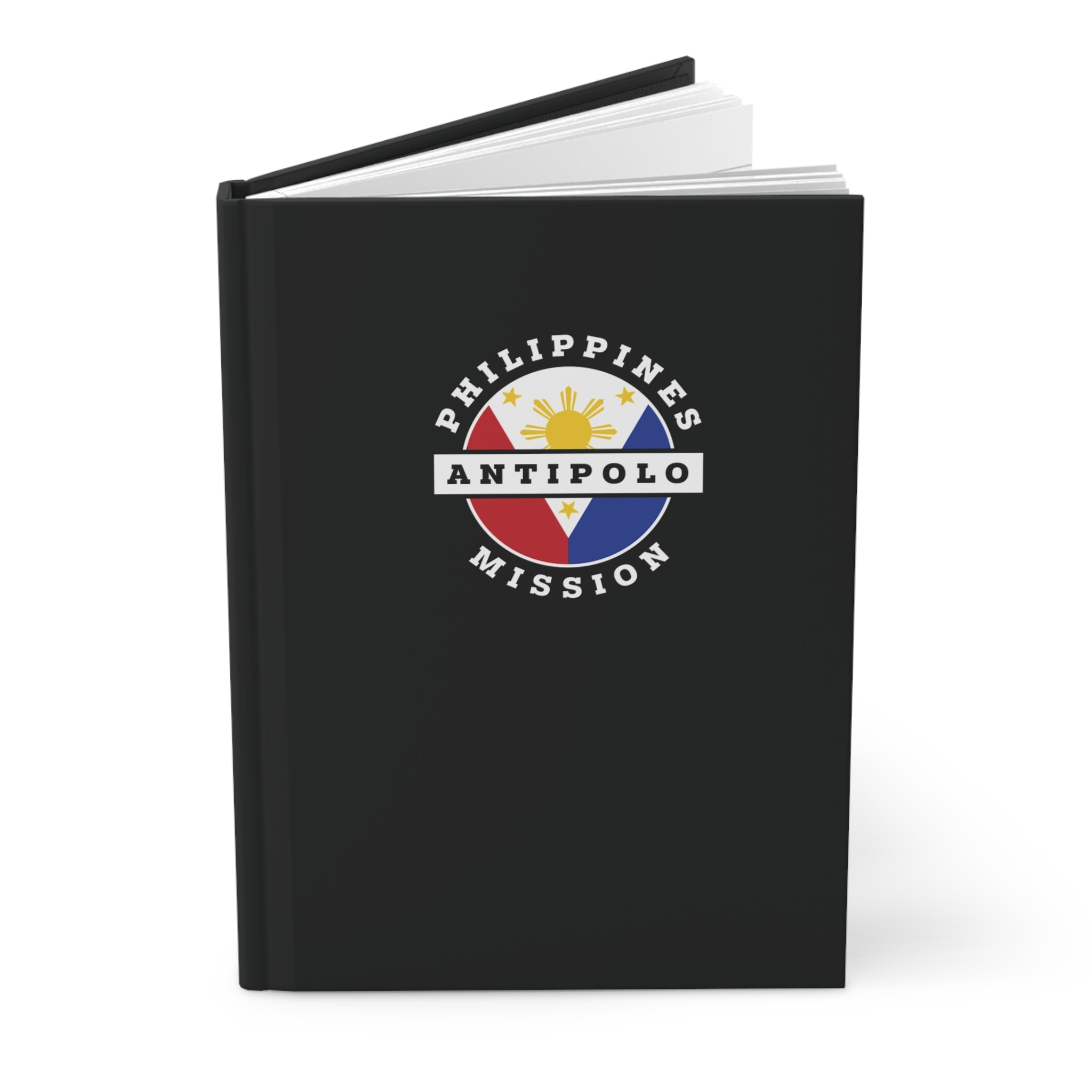A few Filipinos joined the Church in the 1940s and 1950s, but missionary work did not begin in earnest until 1961. After that point, it accelerated quickly. By the end of the decade, the Church had a presence on eight major islands. In 1973 the first stake in the Philippines was organized. Latter-day Saints’ faithful service led not only to the construction of the country’s first temple, dedicated in 1984, but also to the opening of a local missionary training center as well as to efforts to translate Church materials into multiple Philippine languages. In the 1990s Church membership grew to over a quarter of a million members.
Filipino Saints have worked to build their lives and congregations on the “rock of our Redeemer,” a firm foundation against the troubles of the world (Helaman 5:12). Working closely with each other and in concert with Church members from around the world, Latter-day Saints have provided shelter to their fellow Filipinos during natural disasters and given aid in their wake, have developed additional skills to provide for their families and improve their communities, and have tried to live as examples of Christlike righteousness and love. The Philippines has the fourth-largest population of Latter-day Saints of any country in the world: members worship in over 100 stakes and in two temples while they await the completion of five more.

